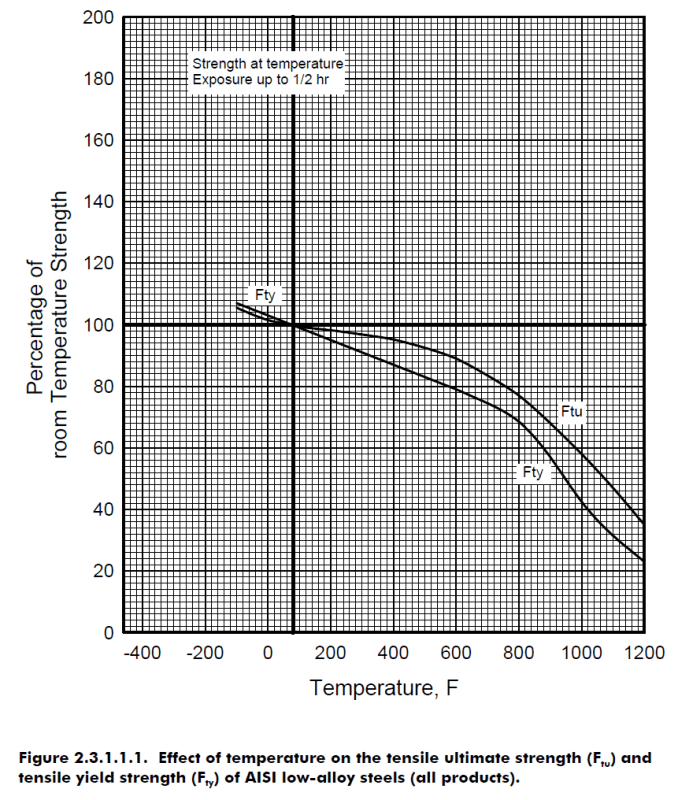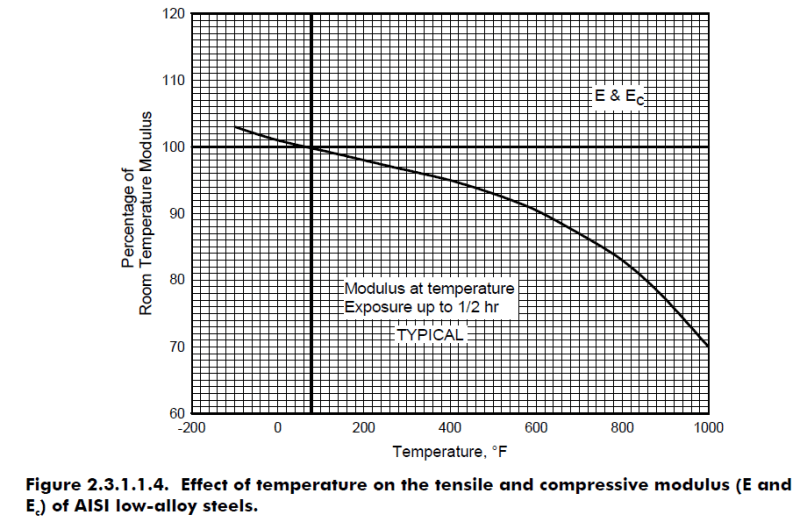Matt_SA_94
Mechanical
Hi All
I am completing pipe design calculations using AISI4130 (75ksi yield) in an operating temperature range of -4F to 250F. I am trying to account for the shift in Young's modulus and yield strength at the elevated temperatures but need some advice.
ASME II Part D table Y-1 gives the temperature adjusted yield strength for a range of materials but unfortunately AISI 4130 is not on that list. Section 7-230 of ASME II states the guidelines for grade substitution (material composition needs to meet all the limits of the substituted material). The only material that meets the chemical composition requirement is L7M and B7 which is found in a bolting spec (ASTM A320 and ASTM A193).
In the bolting spec is states that 4130 can be substituted for L7M and B7 but I have never substituted a bolting spec material with a non-bolting spec material. Is it acceptable to use the adjusted yield for L7M (bolting) as per table Y-1 in my piping calculations which use AISI4130?
I am completing pipe design calculations using AISI4130 (75ksi yield) in an operating temperature range of -4F to 250F. I am trying to account for the shift in Young's modulus and yield strength at the elevated temperatures but need some advice.
ASME II Part D table Y-1 gives the temperature adjusted yield strength for a range of materials but unfortunately AISI 4130 is not on that list. Section 7-230 of ASME II states the guidelines for grade substitution (material composition needs to meet all the limits of the substituted material). The only material that meets the chemical composition requirement is L7M and B7 which is found in a bolting spec (ASTM A320 and ASTM A193).
In the bolting spec is states that 4130 can be substituted for L7M and B7 but I have never substituted a bolting spec material with a non-bolting spec material. Is it acceptable to use the adjusted yield for L7M (bolting) as per table Y-1 in my piping calculations which use AISI4130?


